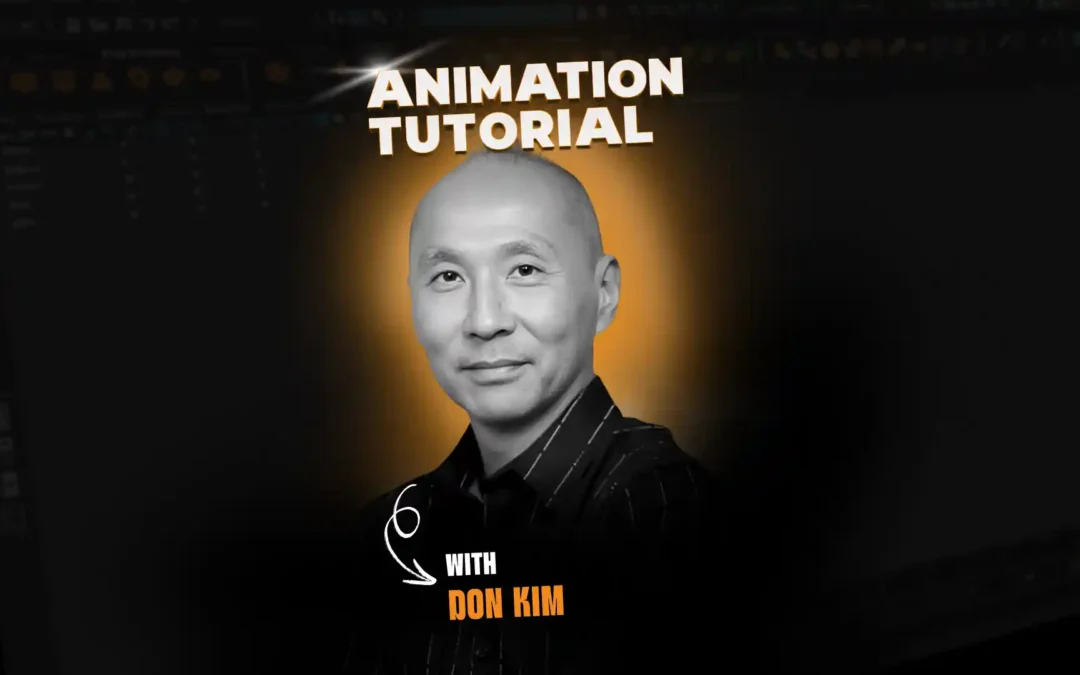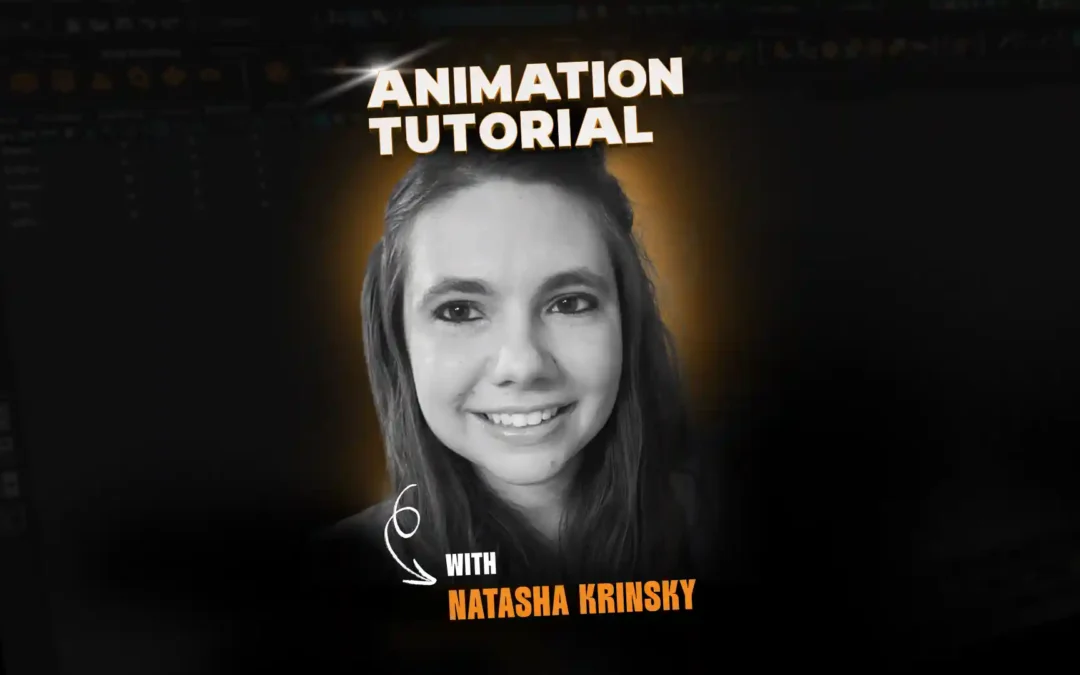In an earlier blog, Animation Mentor graduate Peter Butler spoke of his award-winning animated short, Baggage. He also detailed the fun he had working with his fellow Animation Mentor alumni. Peter returns to share key animation tips and tricks that are sure to help you. Once again — thank you Peter. Thank you for your amazing work and for coming back to campus to share the knowledge.
— The Animation Mentor Crew
1. The “‹” and “›” keys can make a flipbook
All of these tips became obvious the more I animated. One of the biggest tips that improved my animation to no end was to use the “<” and “›” keys to give you the ability to flip your animation like a flipbook. I remember one of the (Animation Mentor) lessons briefly mentioning this but I never really used it. Once I started to view my animation like that, I found that going from blocking to splined became a whole lot more predictable.
Also, make sure that you put in all your breakdowns, including things like ease ins and outs. Overshoots and settles within the blocking really help make the transition from blocking to splined so much easier.
One of the biggest issues I suffered with while at Animation Mentor was tearing myself away from my reference. It became a bit of an anchor, as I felt that if I could get my animation to look like the reference then it would look good.
I didn’t realize how much potential my animation was missing, in things like exaggeration and appeal. I also didn’t realize how much harder I was making things for myself by trying to copy every nuance that I saw with the body. This was where I realized that poses were so important. I realized that if I had two great appealing key poses and a breakdown that got me to that second pose in an interesting way, my animation came alive.
It helps to scrub through your footage quickly
I just think this helps you get your main poses and identify what’s important from the reference quicker. Before, I always used to frame through the reference or scrub slowly as I thought the slower you saw it the more you could understand it. I think this can be important in certain situations — but in terms of just seeing where the beats and key poses were, I actually found scrubbing through quickly meant my eye didn’t have time to pick up on all the subtle stuff and I found that I could see things like where the main change of weight was and which poses were more clear.
Sometimes too many shots is a good thing
This is not really a tip but something I really noticed. I noticed that when I had so many shots to get through, I couldn’t get hung up on animations that weren’t great.
My rule of thumb was based on two questions: 1) Would the general public understand what the animation was trying to say? and 2) Was the animation not too jarring and thus distracting to the audience? If I could answer these with a yes then I knew it was good enough. Although this probably isn’t the best practice when working to the highest standard, it did allow me to create a large amount of animations and keep on schedule. A byproduct of this mentality was that my animation got better a lot quicker then if I’d spent ages trying to make one shot perfect.
I was lucky enough to have Randy Nelson (ex-Dean of Pixar Animation Studios) visit our studio a few years ago. I always remember something he told us about an exercise that they’d performed (I’m not sure if this was at Pixar). They got a group of artists and split them into two groups. One group was asked to make the perfect pot in a set amount of time. The other was asked to make as many as they could in the same set amount of time. What they found was that the artists that had made the so called “perfect” pot, weren’t actually as good as the final pots that were made by the other group even though the other group had to make this at a much faster rate. So this just goes to show that practice really does make perfect.
It really does help to take a break
I own a dog and made sure to take a break at lunch to walk him. But as the deadline approached, there were many times when I was really getting frustrated with either how I was going to achieve a shot or just getting an animation to look right. I was tempted to keep at it and miss walking the dog until later. But just by sitting back, relaxing, and taking that hour break, I found that I could come back much more open minded and be able to tackle the problem quicker than if I’d sat there and sweated it out.
One last thing: Don’t give up
There’s going to be so many times when you just can’t get the shot right or you just can’t see the light at the end of the tunnel. Keep pushing at it, break it into chunks, and tackle each bit on its own.
One of the best ways I think to achieve your goal is to envision that you’ve already achieved it. Just imagine the reward that you’ll get and have that in mind to keep your enthusiasm up.



